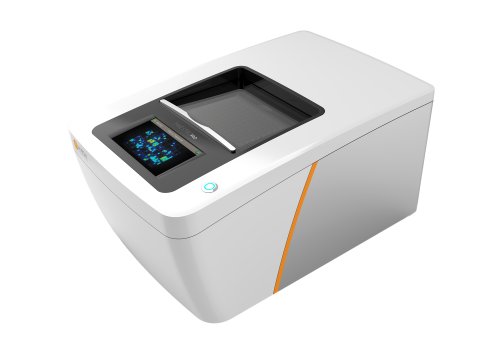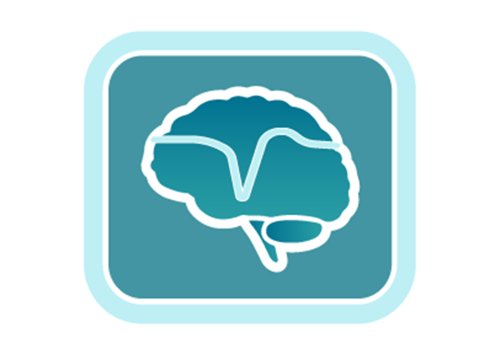Authors: Ryan M. Walsh, Gregg W. Crabtree, Kriti Kalpana, Luz Jubierre, So Yeon Koo, Gabriele Ciceri, Joseph A. Gogos, Ilya Kruglikov, and Lorenz Studer
Neuron, 21 July 2025
Researchers use 3D forebrain assembloids on the noninvasive Maestro MEA platform to explore the complex mechanisms underlying schizophrenia.
Disruption of parvalbumin-positive (PVALB+) interneurons is linked to schizophrenia, but their late developmental maturation has made them difficult to study in human systems. To address this, researchers in this study developed forebrain assembloids that generate PVALB+ interneurons with authentic molecular and electrophysiological properties. Using Axion BioSystems’ noninvasive Maestro multielectrode array (MEA) platform, the team measured network activity, finding robust signaling and gabazine-induced increases in the 0.2–0.7 Hz range, underscoring the role of GABAergic neurons in orchestrating complex cortical activity. Maestro was also used to compare control and schizophrenia assembloids, revealing reduced gamma oscillations in disease models that reflect impaired network function. These findings provide mechanistic insight into how interneuron disruption contributes to schizophrenia risk and establish a robust human platform for studying cortical network development in health and disease.


